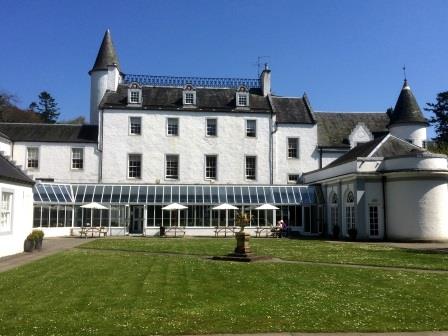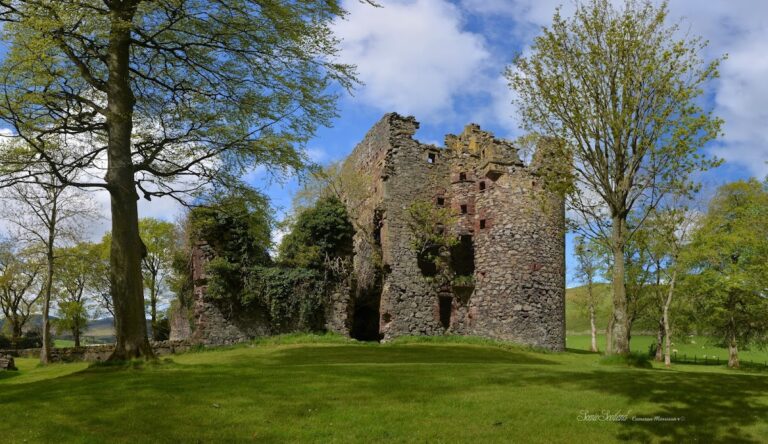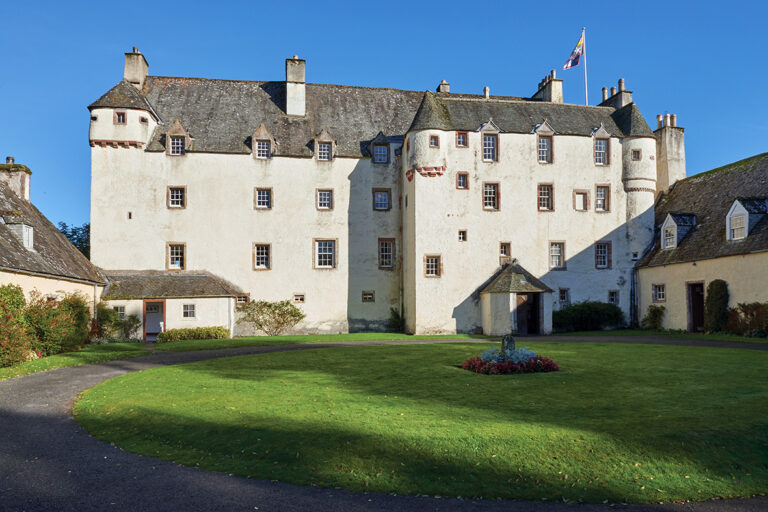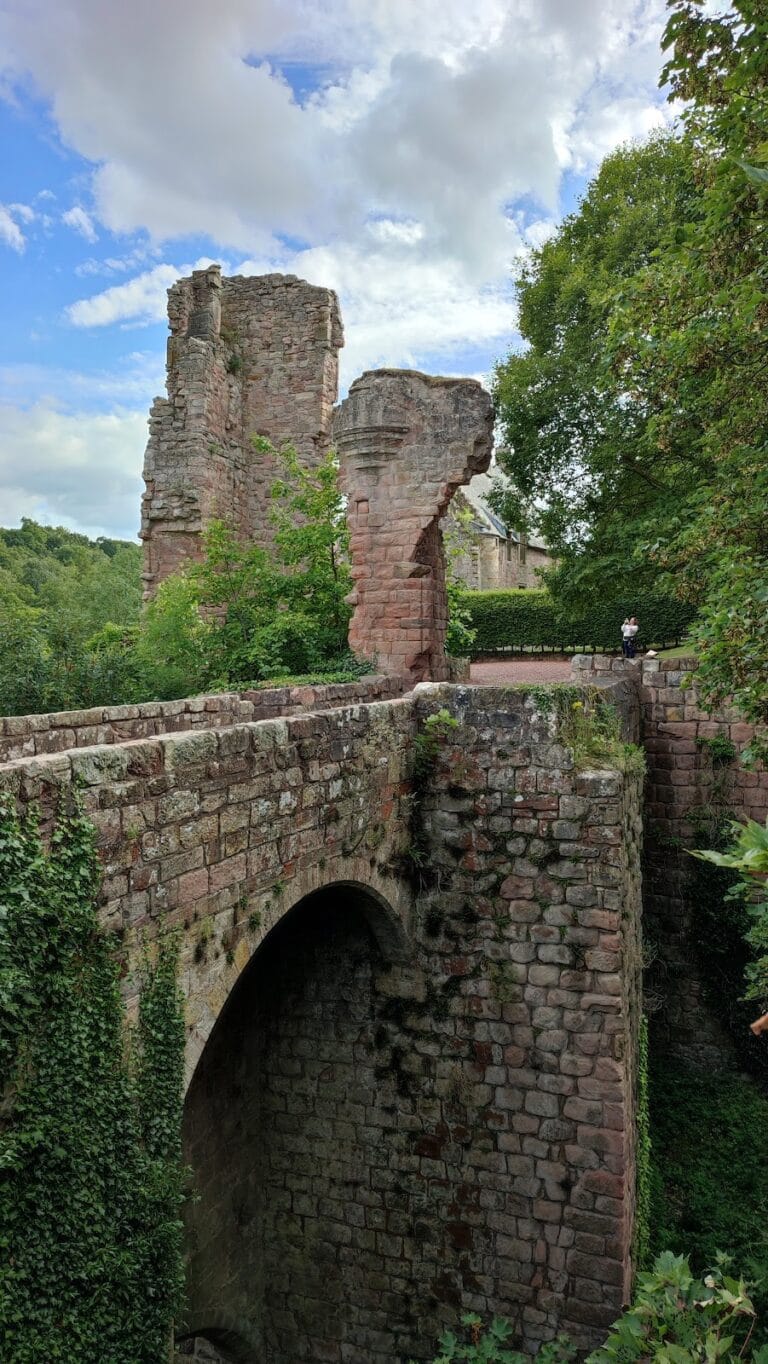Black Barony: A Historic Scottish Estate Near Peebles
Visitor Information
Google Rating: 4.2
Popularity: Medium
Google Maps: View on Google Maps
Official Website: www.baronycastle.com
Country: United Kingdom
Civilization: Unclassified
Remains: Military
History
Black Barony, located near Peebles in Scotland, was established by the Murray family during the 16th century. Originally named Darnhall, the site began as a fortified tower house typical of Scottish noble residences from that era. The Murrays of Blackbarony initiated its construction, marking the start of its long association with this prominent family.
In the 17th century, the estate witnessed significant connections through the Murray lineage. Sir Alexander Murray, the 2nd Baronet, expanded family holdings by acquiring the nearby Cringletie estate in 1666. Later, Sir Archibald Murray, 3rd Baronet, gained prominence by serving as the royal overseer for building works during the reign of King William II and Queen Mary II starting in 1689. This period reflects the family’s increasing social and political stature.
During the 18th century, Black Barony underwent major expansion that transformed its appearance, including the addition of a new facade. Ownership passed to the Murrays of Elibank in 1771, under whose care the estate remained for over 150 years. These changes marked an evolution from a defensive tower to a more comfortable country residence.
The 19th century saw further enlargement of the house. In 1843, plans for a complete rebuilding by the architect James Gillespie Graham were drawn up but never carried out. Instead, more modest additions were made under the direction of the 9th and 10th Lords Elibank later in the century, reflecting adaptation to modern needs while retaining the historical core.
In the early 1900s, Black Barony was converted into a hotel, a role it continues to fulfill today. During World War II, its function shifted significantly when the British military requisitioned the property in 1942. It became the Polish Higher Military School, a training center for Polish officers serving alongside Allied forces after escaping occupation in their homeland. Stationed in Scotland for defense, these troops used the house as an important site for staff officer education.
Remains
At the heart of Black Barony is the surviving tower house originating from the 16th century. This core structure forms the oldest part of the complex and reflects traditional Scottish tower house construction, built primarily of stone using methods typical of the period. Over time, the tower has been enveloped by later additions that altered its external presentation but preserved the original stronghold within.
The prominent facade seen today mostly dates from the 18th century, resulting from significant expansions that reshaped the building’s appearance to a more refined mansion style. Additional enlargements from the 19th century contribute to the current form, although these were generally less extensive than the original tower or the 18th-century transformation.
Approximately 100 meters to the northeast of the main building lies an underground ice house, built in 1789. This ovoid-shaped structure was constructed on the initiative of the 7th Lord Elibank and served as a cool storage space before refrigeration technology. Using thick walls and subterranean positioning, it preserved ice and perishable goods through warmer months, a common feature in large estates of the time. The ice house remains intact on site, providing insight into 18th-century estate domestic arrangements.
Within the grounds is the Great Polish Map of Scotland, a large and detailed relief model of the country. Recognized as the biggest of its kind in Europe, this map commemorates the Polish connections formed during World War II when the estate served military training functions. The map stands as a lasting tribute embedded in the landscape of Black Barony.
The building and its components are protected under Category B listing, indicating their historical and architectural importance within Scotland. The combination of medieval origins, later modifications, and wartime use make Black Barony a layered site reflecting centuries of Scottish heritage.










